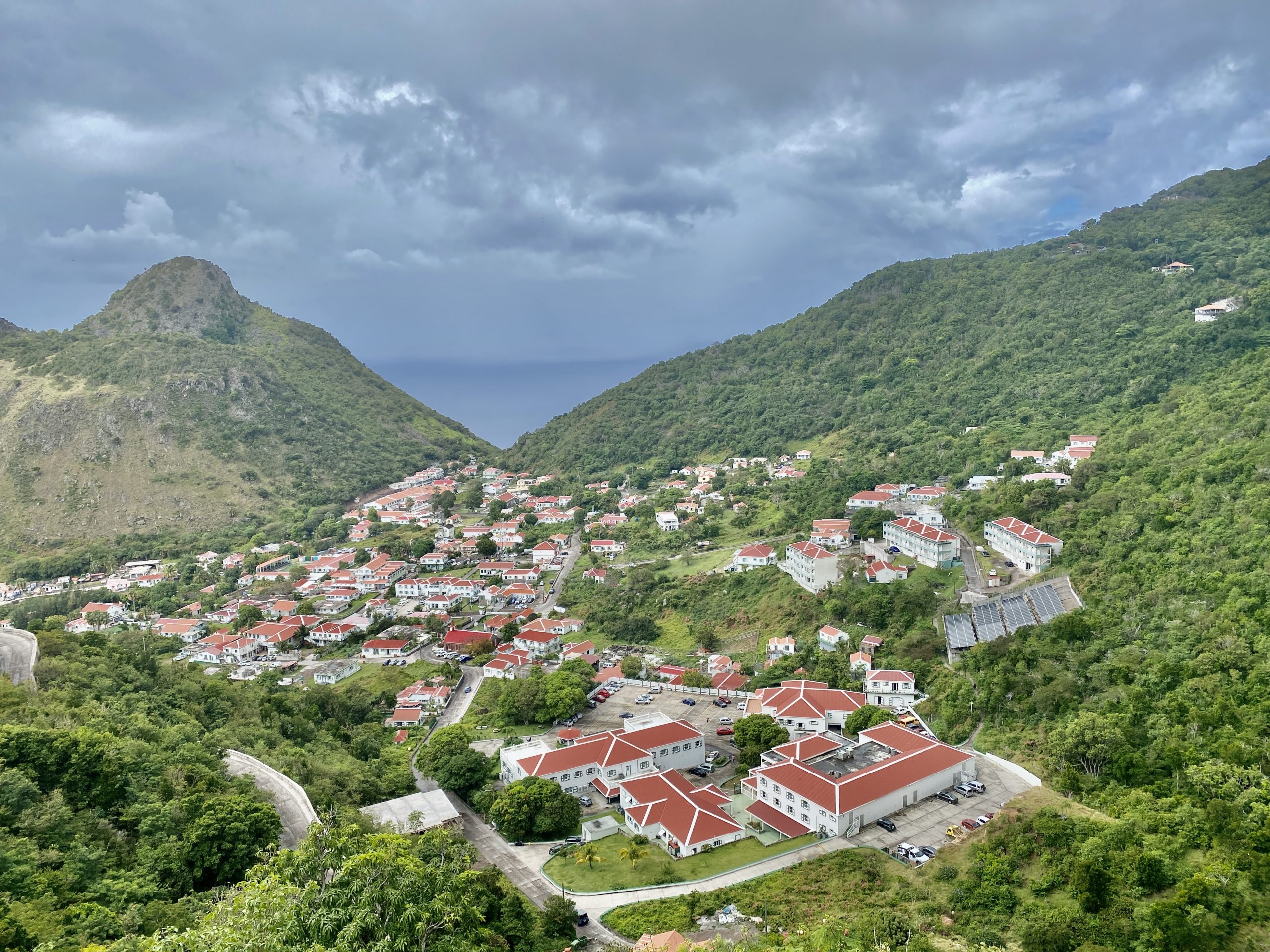
Let me introduce you to a Caribbean island that you probably never heard of before. Saba is a small dot on the map, stretching only 3 miles across, located in the middle of the Caribbean Sea. It is often referred to as “the unspoiled queen” because it is largely uncommercial and well preserved. You will […]

It seems that the entire world is tired of staying home for over 2 years, and travel has returned with vengeance. In fact, airline ticket sales are at their all time high and hotel prices have skyrocketed this year. People are traveling abroad despite the confusing and constantly changing policies. For example, Europe now allows […]
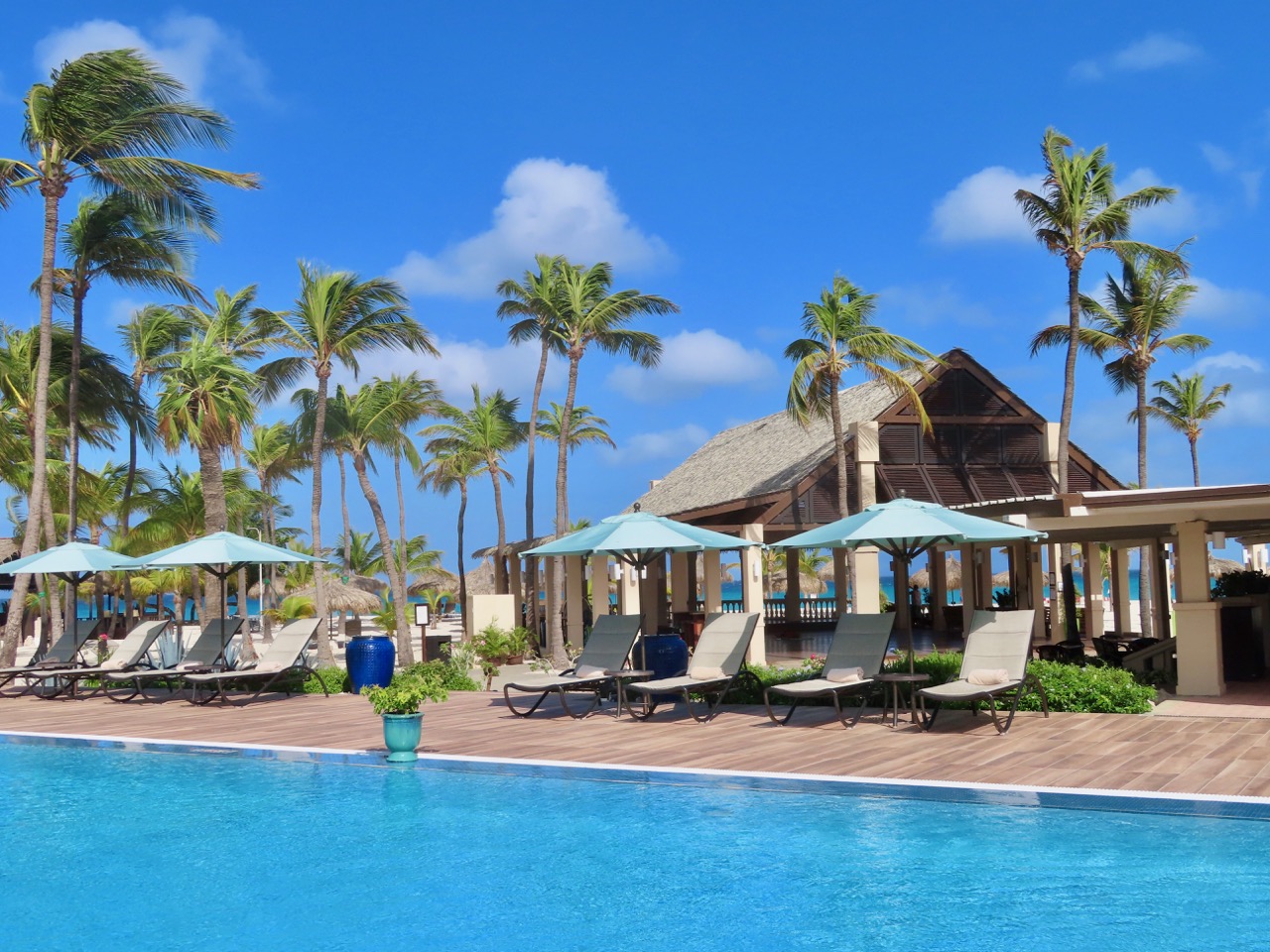
If you are turned off by mega all-inclusive beach resorts, where thousands of people in their swimsuits wander from the breakfast buffet to the pool bar and back like vacationing zombies, you have come to the right blog site! When I travel, I look for places to stay that offer a peaceful atmosphere without sacrificing […]
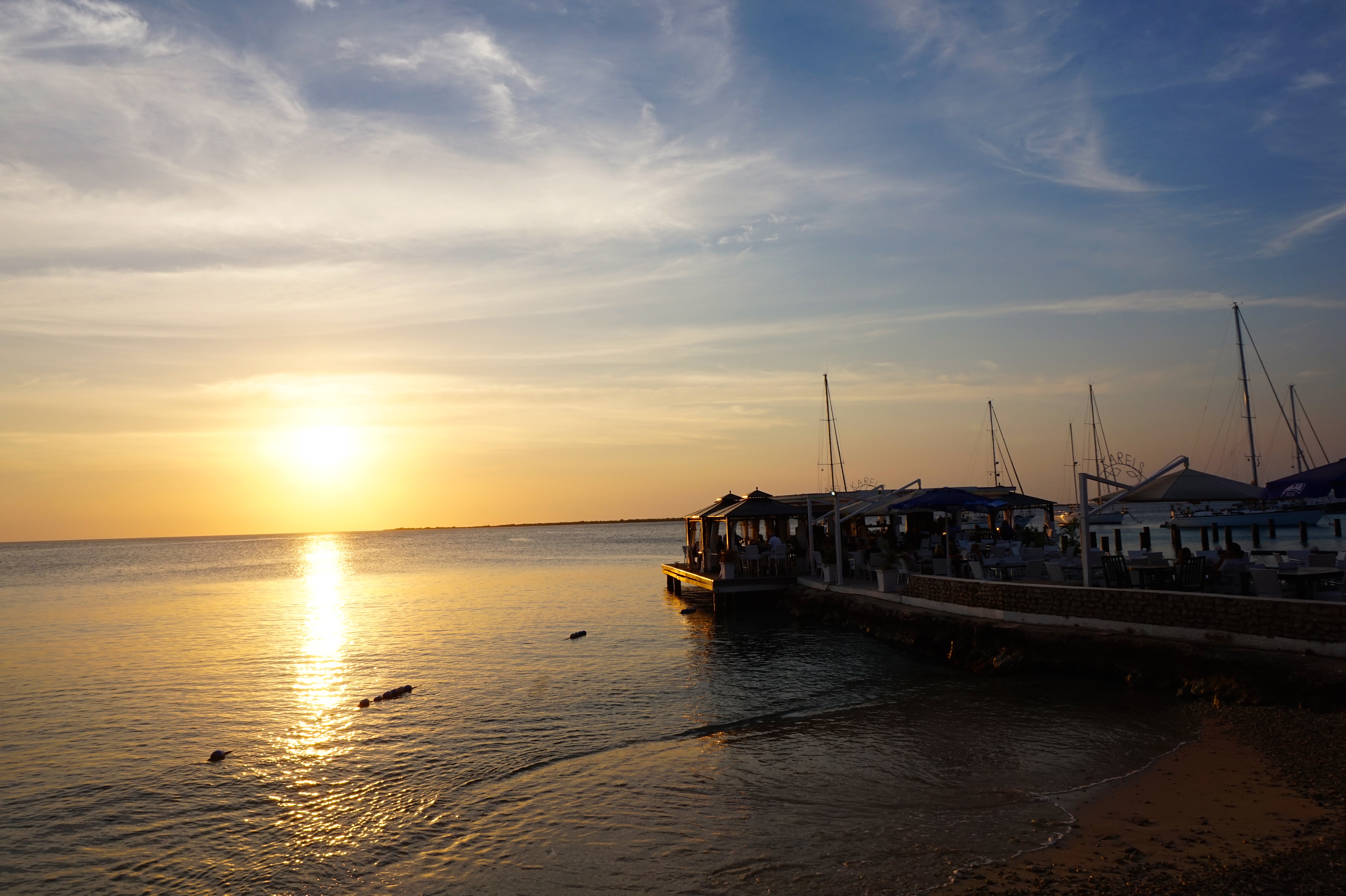
Located south of Aruba and 50 miles East of Venezuela, Bonaire is a small island in the Dutch Caribbean. It is part of the ABC islands – Aruba, Bonaire, Curacao. Bonaire is the smallest of the three, and the least developed when it comes to tourism, which is why it makes for a perfect travel […]
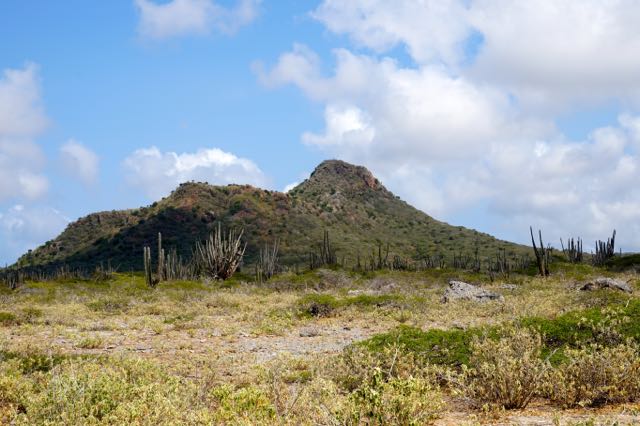
Who knew that a fifth of the island of Bonaire is a nationally protected nature sanctuary? Washington Slagbaai National Park was established in 1969 and covers an area of 5.643 hectares. Once a private property of Julio Caesar “Boy” Herrera, the land was sold to the government of Netherland Antilles with the promise of not developing it […]
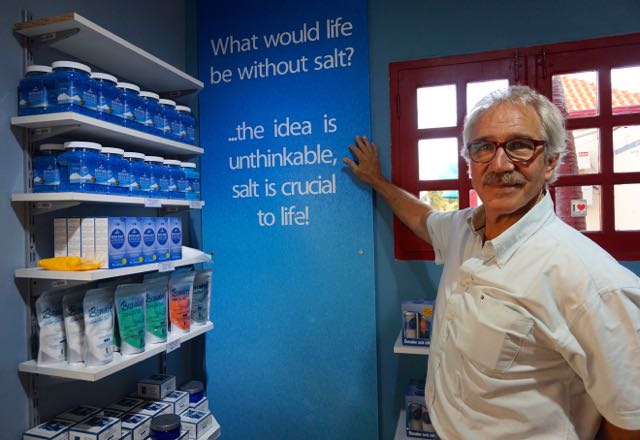
Walking around downtown Kralendijk, Bonaire, my curiosity led me into a store called “The Saltman.” Having seen the Cargill Salt hills on the southern part of the island earlier that week, I had some idea about the connection of salt with Bonaire. Production of salt started in Bonaire circa 1636 by the Dutch West India Company and their African […]
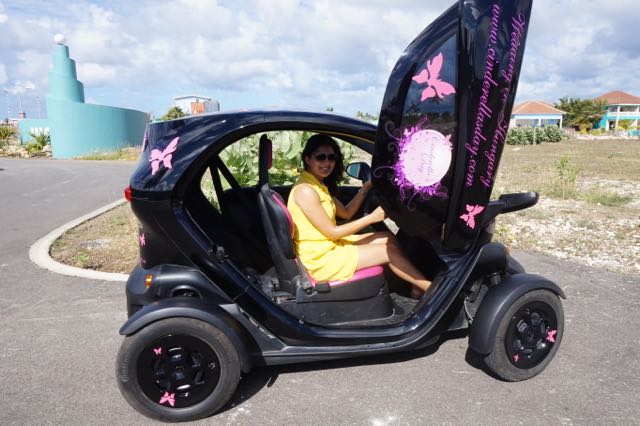
Perhaps one of the coolest ways to explore the tiny island of Bonaire is aboard an electric vehicle. Hans Joern Buschmann, a professional race car driver recently immigrated from Germany to Bonaire and started a unique tour company, Road Runner Bonaire. He picked me up from my hotel in his truck and drove me to his […]